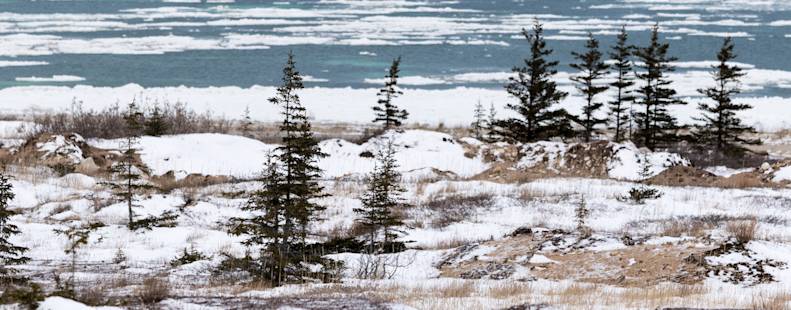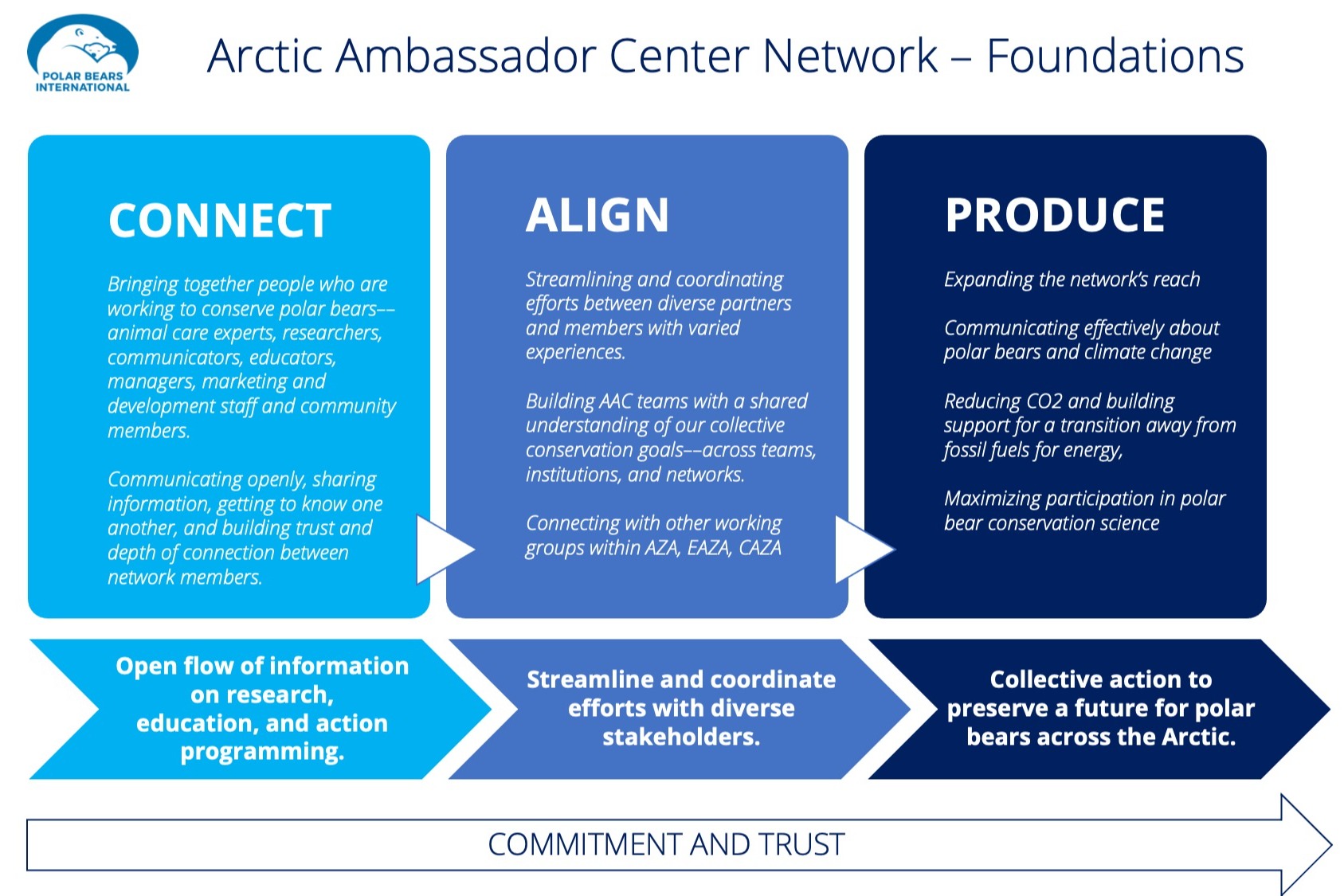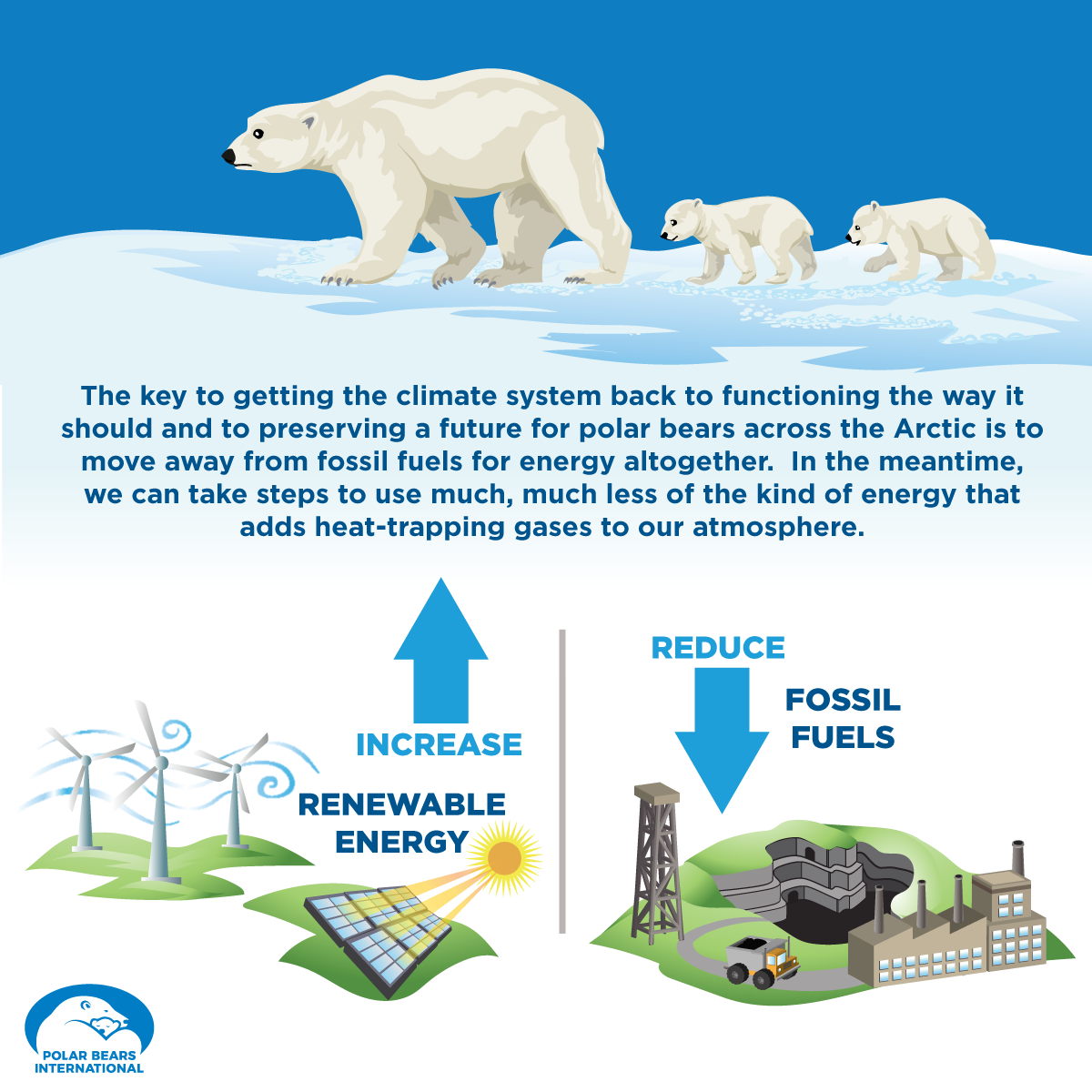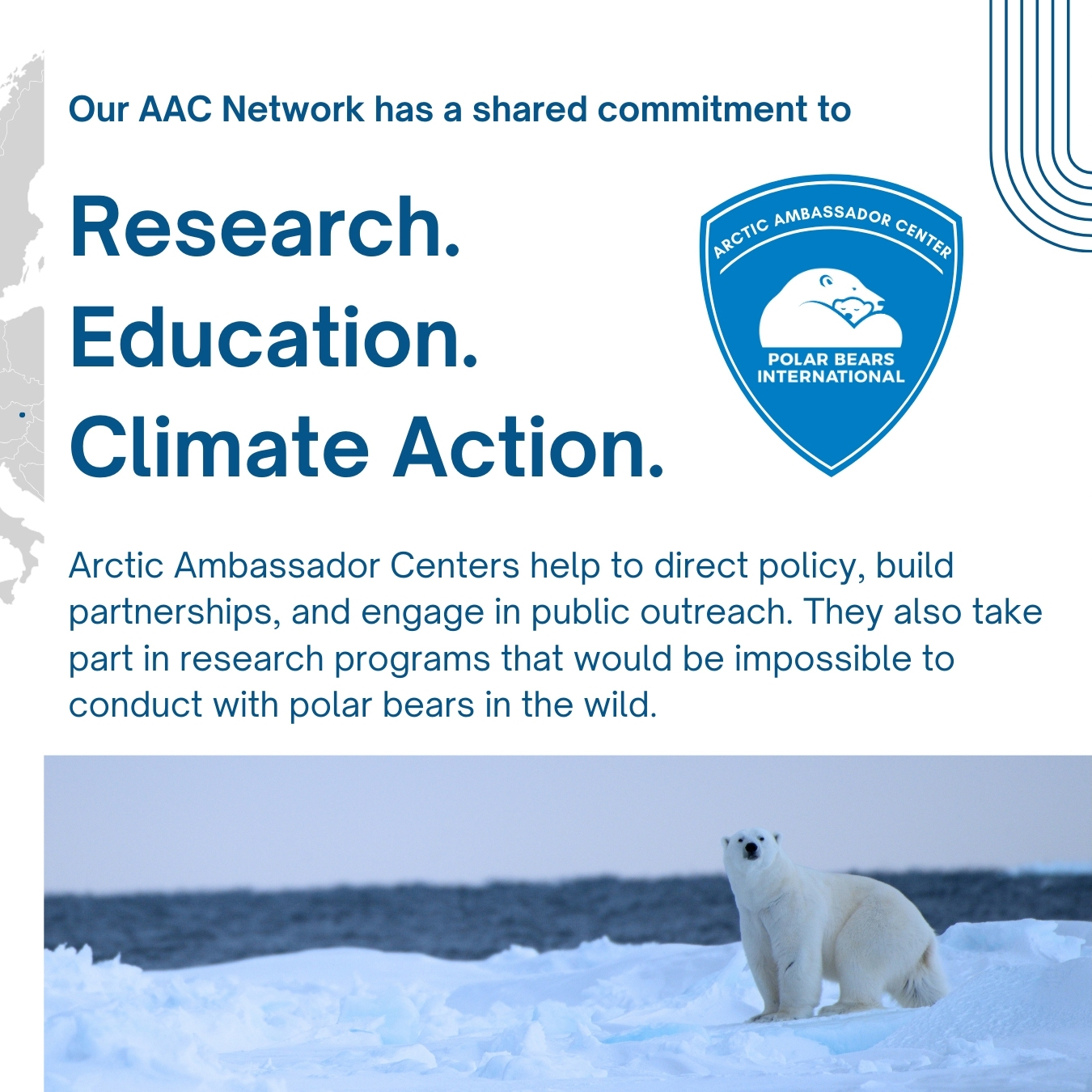Activity 4A: Focus

Photo: Simon Gee
PBI Arctic Ambassador Centers
Let’s talk polar bears—and explore how we can work together to ensure their future across the Arctic
Polar Bears International has long had a highly effective secret weapon: The zoos and aquariums in our Arctic Ambassador Center (AAC) Network amplify our outreach on climate change and how we can work together on solutions. They also work to set high standards for polar bears in zoos, regularly participating in zoo-based conservation science and continually striving to improve the overall well-being of the animals in their care. At PBI, we strive to bring partners together and encourage science with direct conservation applications. We also understand the value that cooperative training has in balancing animal welfare with meaningful science.
There are currently 49 zoos and aquariums in the AAC Network, from 25 U.S States, 4 Canadian provinces, Austria, Belgium, Denmark, Germany, the Netherlands, the United Kingdom, and France. Our overarching goal is to keep all members of the network engaged in the same outcomes so that we can have a greater collective impact!
How Does Polar Bears International work with different Institutions?
AAC Network members are connected to valuable ideas, programs, resources and information, and other network members. Polar Bears International and member institutions work together within the network and with other partners and working groups to share information, build trust and lasting bonds among colleagues and institutions, share and implement effective ways to engage audiences in learning about polar bears and climate change, build public support to transition away from fossil fuels for energy, and continue to innovate and develop new programs to lead our institutions and communities in reducing CO2 emissions.

PBI provides AACs with an opportunity to participate in research, education, and action programs that address the key issues polar bears face in a warming Arctic. Each AAC commits to participating in at least one #SaveOurSeaIce social media campaign and event on grounds annually. They also commit to participating in one other PBI program each year and to sharing these opportunities with their membership, including the Climate Alliance Program, Tundra Connections, and explore.org LIVE cams.
We couldn't be more grateful to the AACs for their commitment to:
Educating the public about climate change and solutions
Providing leadership for carbon emission reductions in their communities by spearheading community and institutional efforts to reduce CO2
Participating in advocacy efforts
Participating in ex situ research studies that would be impossible to conduct on polar bears in the wild—but have important implications for their wild counterparts
Providing funding support for in situ research projects and the bear tracker program
Meeting, or demonstrating progress towards meeting, the standards for polar bears as described in the AZA Animal Care Manual and other standards set by AZA, CAZA, and EAZA
We are always revising the supplemental materials and resources to help AACs communicate the challenges polar bears face in a warming Arctic. Take a look at a few of the resources below and return to your AAC Toolbox to view updated materials!

Thank You!
PBI is happy to communicate with AACs in the manner that works best! Each is a little different, but we LOVE it when institutions form an internal AAC team, consisting of Climate Alliance alumni and other staff interested in preserving a future for polar bears. So, what does that look like? Typically, each institution names an official institutional team lead or POC and creates a team from there. Since we alternate our target audience for Climate Alliance between Educators, Keepers, Communications staff, and NEW this year - Advocacy team members! Teams end up having one or more staff from each department – because we are stronger TOGETHER!
Do you know who is on your AAC team? How many of them have participated in the PBI Climate Alliance Program?
To Do!
Please check this item off of your to-do list no later than July 3rd.
Please take a moment to document your institution's official POC (reach out to Marissa if you don't know), any PBI Climate Alliance or Leadership Camp alumni at your institution, any NNOCCI alumni at your institution, and any other members of your internal AAC team – these are your support system! Especially those whose program included the NNOCCI Crash Course curriculum - they will be a great resource for you when looking at ways to incorporate more strategic framing into your messaging (more on this in Activity 6!) Then, write an email introducing yourself to your team. Let them know what your program looks like this year and that you have been tasked with thinking about how you can contribute to the team.
Each participant is to create an action plan using your knowledge and skills, and role within your AAC, to contribute to individual institutions and the broader PBI and NNOCCI alumni communities. What are you good at? Where do you want to challenge yourself? What existing programs or communications exist that you can enhance? What new programs would you like to implement? What areas do you have influence over within your organization/community? How can you support outreach and communications within your institution? This could be facilitating workshops at your institution ,working together with your AAC team to incorporate framing into your work – enhancing interpretives, framing keeper talk scripts, social media outreach, other media outreach, working with civic leaders, etc...
YOU NAME IT!
Start to think about what you might like to do and don’t hesitate to reach out to Marissa or the cohort for input.
Celebrating 20 years!
This year we are celebrating the 20th Anniversary of the AAC network. As part of our celebration, we plan to showcase the role of zoos and aquariums in polar bear conservation, and the ways our collaborations have made a real impact on wild polar bears and inspired our communities to act.
We are so grateful for the Impact Stories that AACs have shared with us, and we have created some social media resources to celebrate that work. Take a moment to review the institutional folders to learn some of the ways AACs are engaging in the network.
This is all part of the big celebratory rollout we have planned for late June, with a 20th anniversary Toolkit. for AACs to use to highlight this important partnership advancing Polar Bear scientific research, conservation education, and advocacy.
Sample AAC Social Media Assets:




Photo: BJ Kirschhoffer / Polar Bears International
Finished?
Continue on to Activity 4B–Explore.

Photo: BJ Kirschhoffer / Polar Bears International









